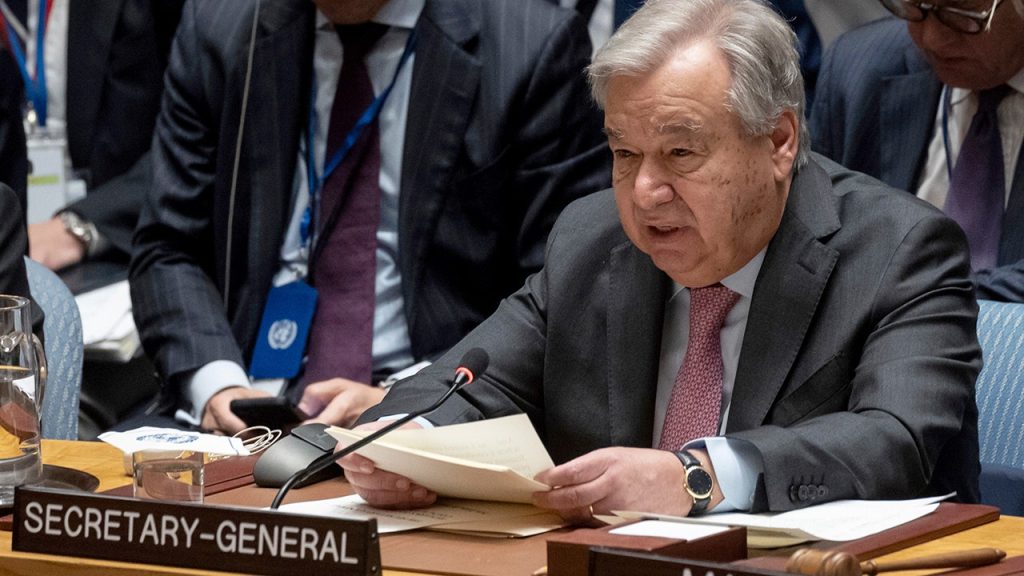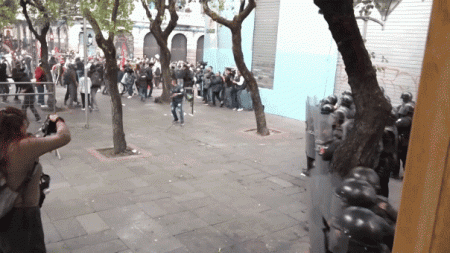The U.N. Secretary-General will present a report to the Security Council next week that places both Israel and Hamas on a list of parties that are threatening children’s rights and exposing them to danger in the ongoing war between the two sides. This list is compiled annually and includes various states and militias around the world that are endangering children. While the Council can take action against parties on the list, permanent members like the United States have been hesitant to act against Israel, as it is a longtime ally. When Russian forces were included on the list last year, no action was taken by the Council.
Following the inclusion of Israel on the list, the country’s conduct in the war in Gaza will face increased global scrutiny and tensions are likely to rise. The report highlights parties that engage in actions such as killing and maiming children, sexual violence against children, and attacks on schools and hospitals. Israel, Hamas, and Palestinian Islamic Jihad will all be listed, leading to outrage and condemnation from Israeli leaders. However, some see this as a step in the right direction, even if it cannot bring back the lives lost over the years due to the conflict.
The ongoing conflict between Israel and Hamas has resulted in international criticism over civilian casualties in Gaza, with questions raised about Israel’s efforts to prevent harm to civilians. Recent airstrikes in Gaza that killed dozens of civilians have intensified concerns. U.N. agencies have warned that over 1 million Palestinians in Gaza could face severe food shortages if hostilities continue. The breakdown of the local food system and restrictions on humanitarian access have exacerbated the crisis, threatening the lives of many in the region.
An analysis of Gaza Health Ministry data by the Associated Press has shown a decline in the proportion of women and children killed in the conflict, signaling a potential shift in battlefield tactics. The death rate for women and children, often used as a proxy for civilian casualties, has dropped from over 60% at the start of the conflict to below 40% in April. Despite this significant trend, it went largely unnoticed for months by the U.N. and the media, with the Health Ministry making no effort to clarify the situation. This development challenges previous perceptions of civilian casualties in the conflict.
The strong reaction from Israeli leaders to being listed in the U.N. report reflects the deep-rooted tensions between the country and the international body. The feud has widened, with routine interactions now fraught with conflict. The U.N.’s decision has brought together leaders from different factions within Israel, emphasizing the unity in opposing the listing. The Secretary-General’s spokesman criticized the public release of the conversation with Israel’s U.N. ambassador, calling it shocking and unacceptable.
As the conflict continues to escalate and humanitarian concerns grow, the spotlight on Israel and Hamas intensifies. The implications of being listed in the U.N. report are far-reaching, impacting the global perception of the ongoing conflict and the efforts to protect civilians, especially children. The complexity of the situation requires international cooperation and a commitment to addressing the root causes of the conflict to ensure lasting peace and stability in the region.













